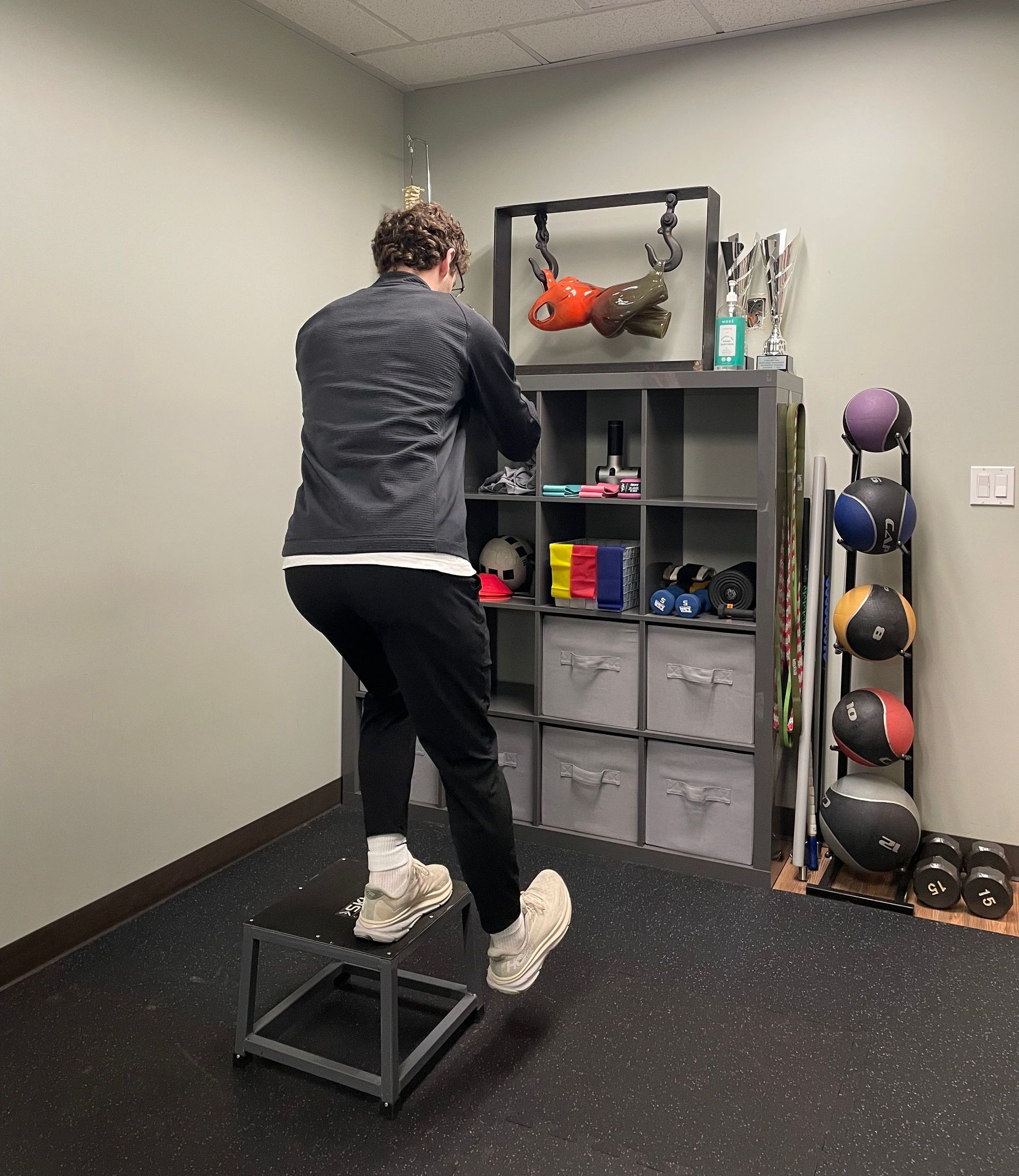A Fire Within: Inflammation and Nutrition
A Fire Within: Inflammation and Nutrition
Intro
Maintaining a healthy diet after sustaining an injury is critical throughout the recovery process to ensure your body receives proper nutrients. Though there are general guidelines to building a healthy diet, everyone has their own nutritional needs based on their activity levels, health goals, and well, taste.
Rather than attempting the impossible task of providing the magic diet for everyone to follow, I will outline the impact of nutrition on inflammation, how it can affect the rate of injury recovery, and a brief list of food suggestions.
The Campfire Metaphor
To understand inflammation, especially in regards to injury and nutrition, I like to illustrate the ‘campfire’ metaphor. When we sustain an injury, our body’s natural inflammatory response kicks in to begin the healing process. In other words, a small campfire starts at the site of injury and invites our immune system to gather around. Though well intentioned, the campfire often causes pain, heat, redness, or swelling. We tend to respond to these symptoms with a number of options like ice, heat, rest, or conservative care to help put the fire out. However, we tend to overlook our nutrition and the role our diet plays in healing from an injury. Keeping the campfire in mind, we can put foods into two categories: those that fuel the fire and those that help extinguish it.
High Inflammatory Foods
High inflammatory foods act as the campfire wood feeding the flames. These foods may worsen the existing inflammation and symptoms, ultimately slowing your recovery. Some inflammatory foods are processed meats, red meat, foods with added sugars, deep fried foods, and trans fat. The list is long and it would be hard to avoid or to drop all at once. Therefore, any stride no matter how big or small, taken towards improving your diet is a step well taken. It’s important to not fuel the fire.
Anti-Inflammatory Foods
Anti-inflammatory foods act as the water and soil used to extinguish the fire. These can include: prebiotics (garlic, artichoke), antioxidants (blueberries) & vitamin C (citrus fruits, bell peppers, vegetables), Omega-3 fatty acids (certain fish, nuts, or seeds), and probiotics/ gut-healthy foods (yogurt, sauerkraut, bananas, asparagus). To name a few more, ginger, turmeric, and carrots all have anti-inflammatory properties. Again, slowly making amendments to your diet is key to sustainability and developing healthy habits.
My Take
When it comes to nutrition my take is simple. Control what you can control. Pursue small and sustainable changes at the beginning. Do not overcomplicate your diet. Read the list of ingredients on whatever you buy. I avoid foods with ingredients that sound like I’m in a chemistry lab.
Our nutrition is critical to our health and improving your diet is the most important thing you can do to optimize your overall health and wellness.
Sources
John Hopkins Medicine: Anti-Inflammatory Diet








